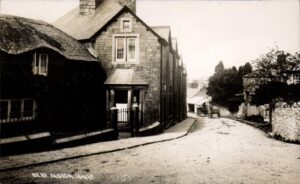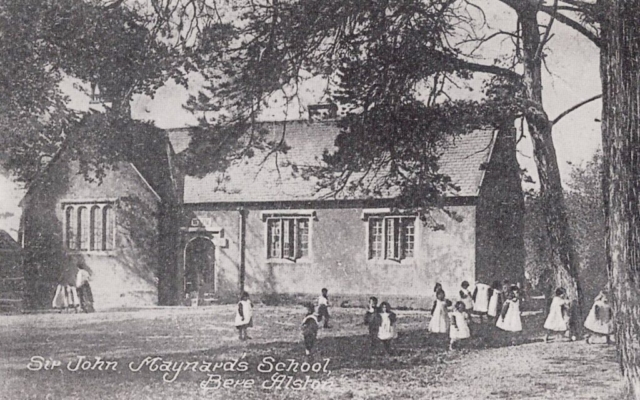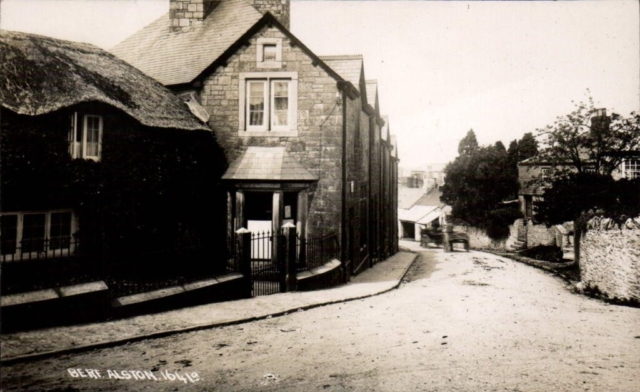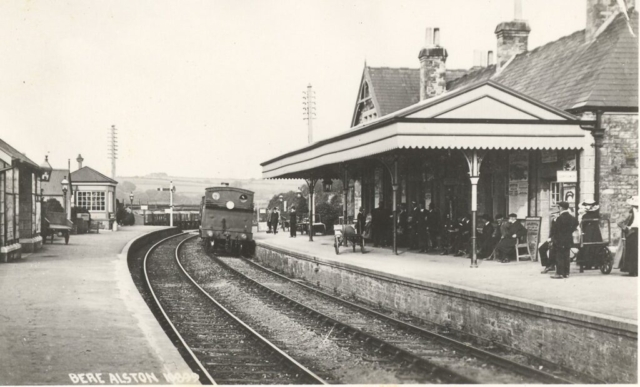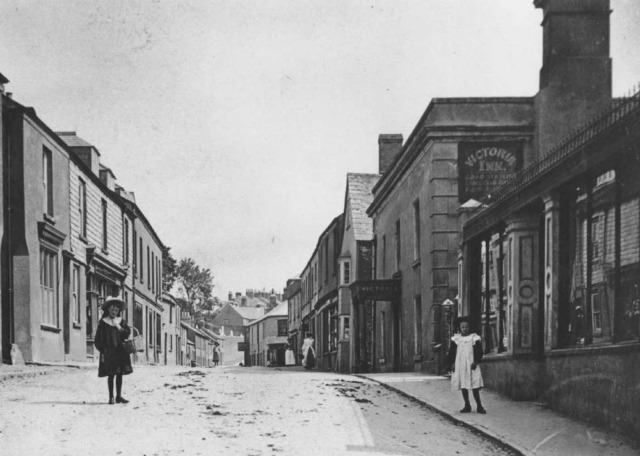Bere Alston
Bere Alston
Bere Alston is a large, lively village and distinctive community with plenty of character – and a great history. Straddling the breezy crown of the peninsula, it has the population, services and atmosphere of a small town. Although it is within the parish of Bere Ferrers, it is considerably larger than its neighbour down by the Tavy.
The origins of the name are uncertain, although one explanation is that ‘Alston’ is derived from ‘Alfhelm’s tun’ (= Alfhelm’s settlement). Thus Bere Alston grew up around a Saxon farmstead and hamlet (later called ‘Frog Street’), sited near a spring feeding a stream running down to the Tamar (it still flows as a ‘tap’ on Tap Hill near the Parish Hall). The hilltop site became the convenient meeting place and market for the royal silver mines that operated on the peninsula in medieval times. Try to imagine the market stalls, beer sellers, miners and rough cottages that stood in today’s Fore Street and Cornwall Street. Although the medieval mining boom faded by the later 15th century, Bere Alston kept its importance. From 1584 until the Reform Act of 1832, it was represented by two Members of Parliament, many of whom were famous political figures nationally. However, few residents could vote and the MPs rarely visited; Bere Alston was a ‘rotten borough’.
Evidence of Bere Alston’s more distant past has largely vanished, apart from the layout of the village centre. Most of the buildings date from the 19th and 20th centuries, with a few exceptions. The revival of mining in the Tamar Valley during the 19th century had an enormous impact. The peninsula’s mines mainly produced lead, which was smelted in the works down near the Tamar at Weir Quay. Hundreds of miners and labourers and their families poured in to live in the village. Many came from West Cornwall, and others from Devon parishes to the north. By 1850 Bere Alston was a busy, crowded immigrant town. Although living conditions must have been dreadful, many new workers’ houses were built in the 19th century. Many of these terraces survive to give Bere Alston much of its character, as in Fore Street, Cornwall Street, Bedford Street ansd Station Road.
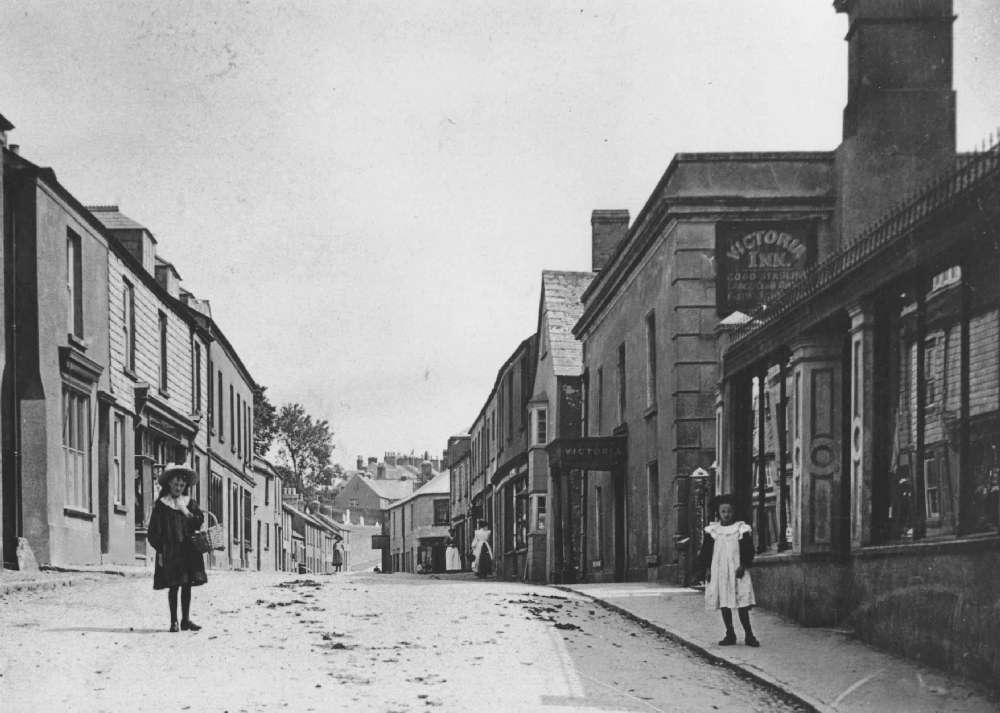
Fore Street, Bere Alston – early 20th century
‘The Square’, on the edge of the village beside the road leading to Weir Quay, is another group of former miners’ cottages, built by Percival Norton Johnson, a celebrated mining entrepreneur and engineer. Many of the local lanes and footpaths were used constantly by miners’ carts and packhorses, and would have seen crowds of weary men, women and children trooping uphill after long, hard shifts in the mines or smelters.
The mines closed by around 1870 – so many people left the area and the population declined. Mining was partly replaced as an employer by horticulture, especially early spring flowers, strawberries and orchard fruits. Once the railway arrived in 1890, the local produce was sent away to distant markets by train.
